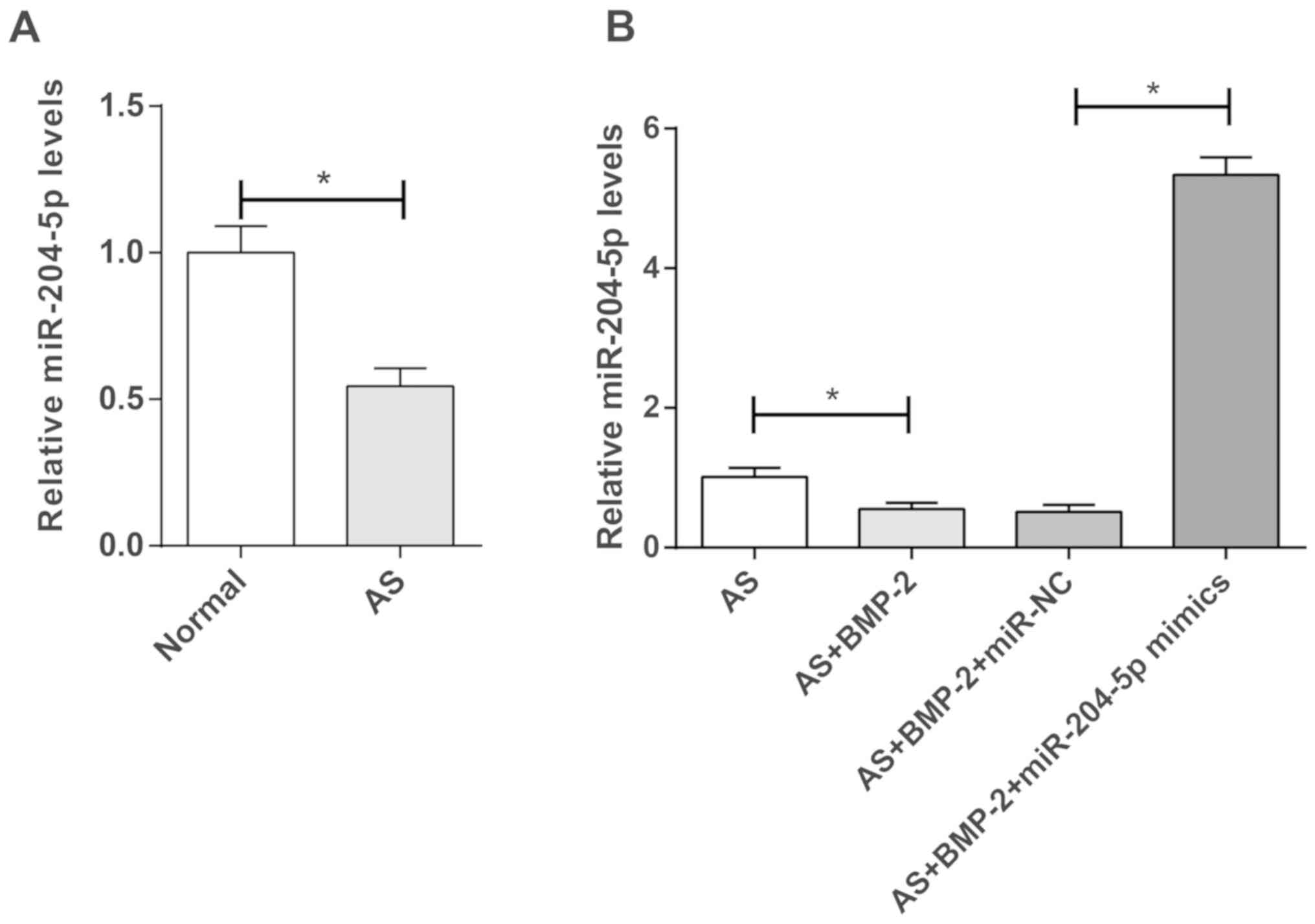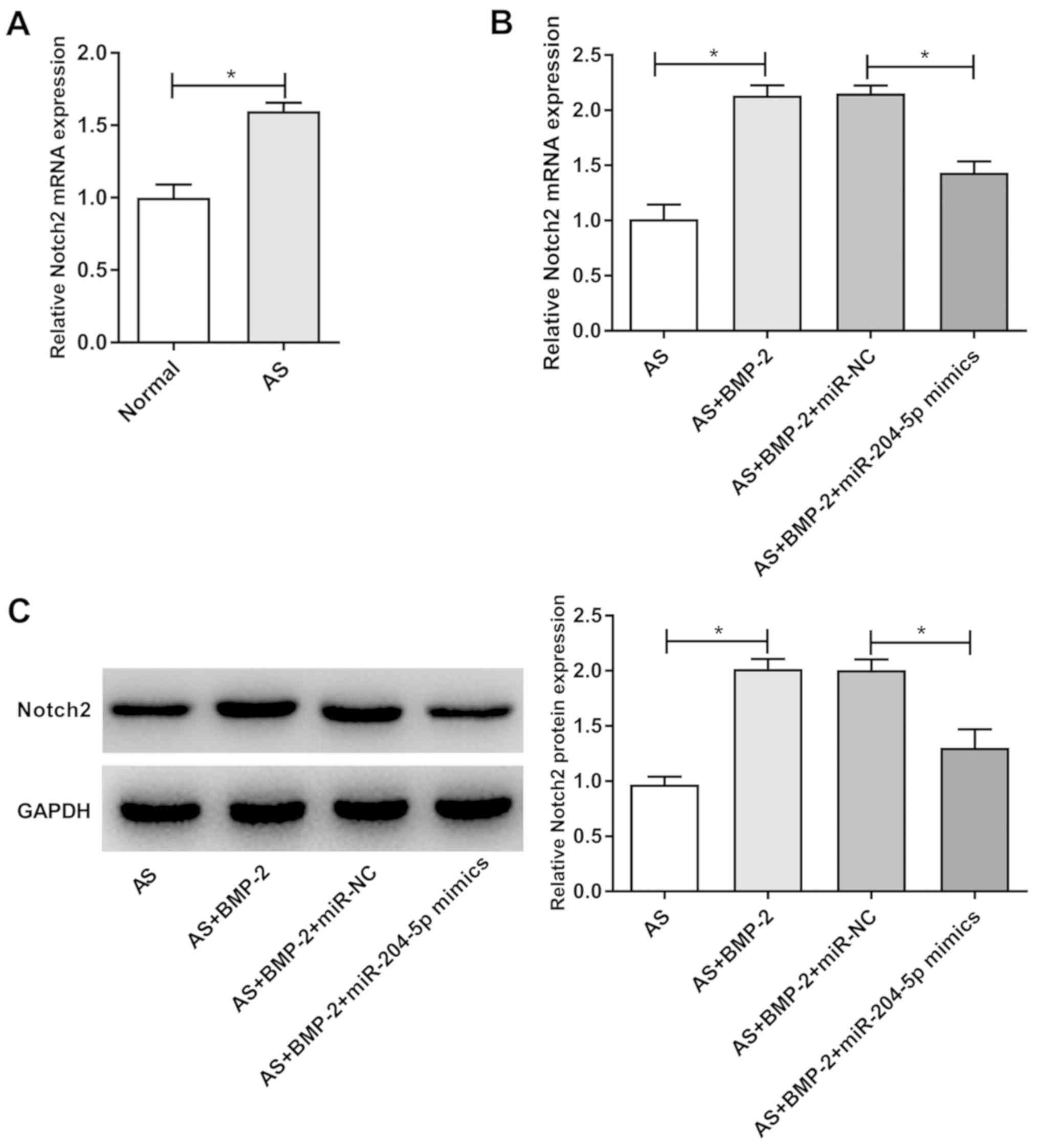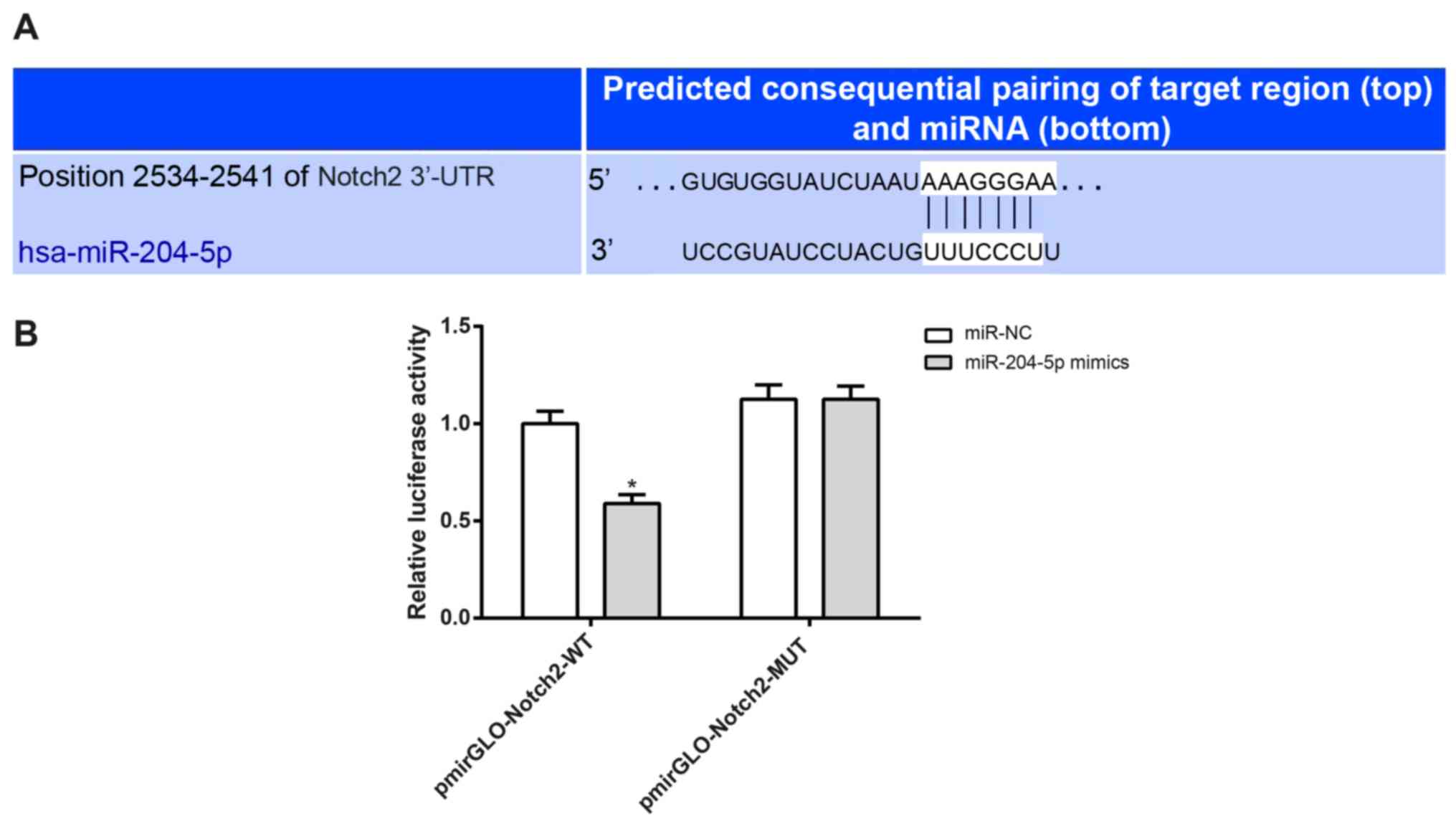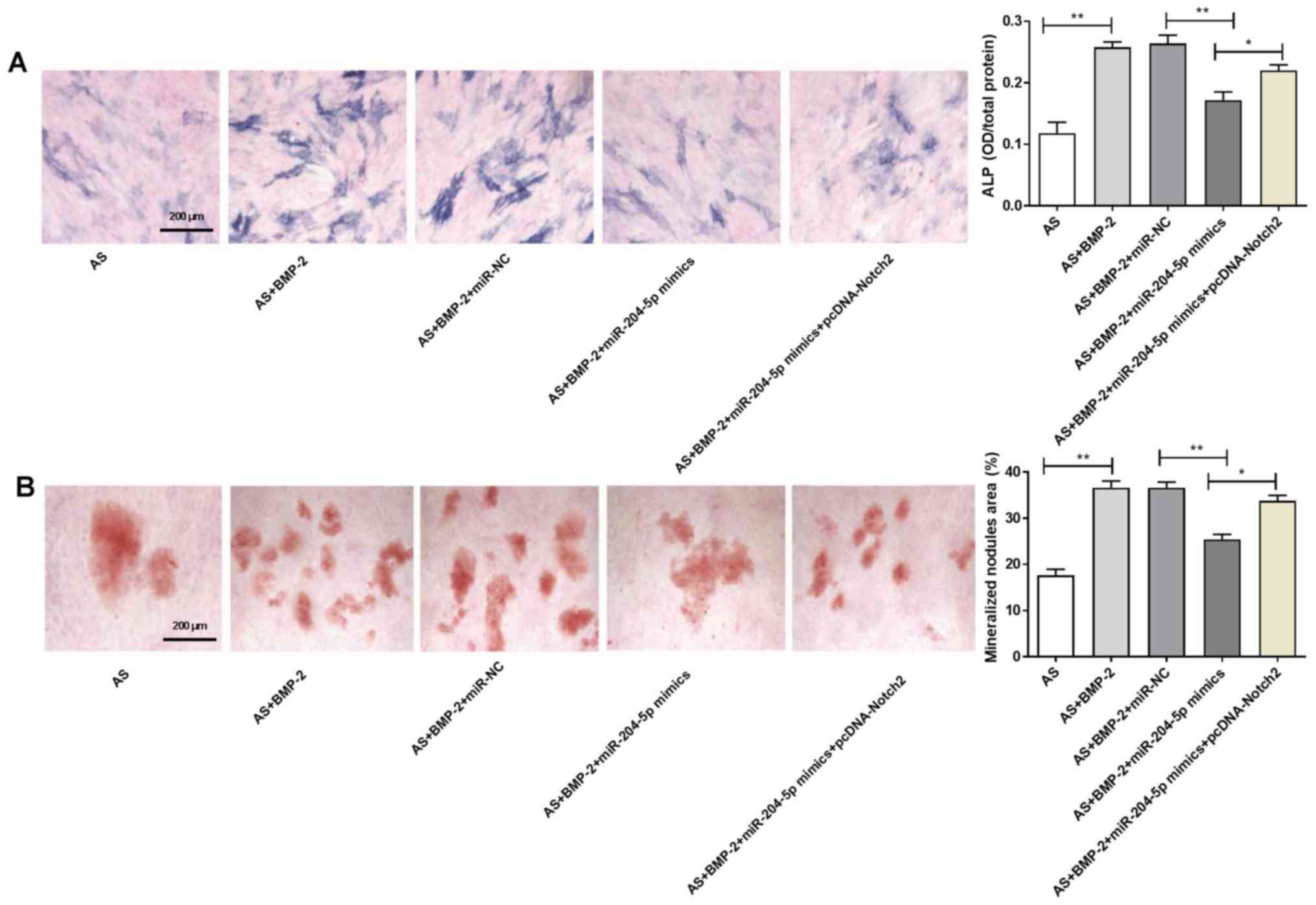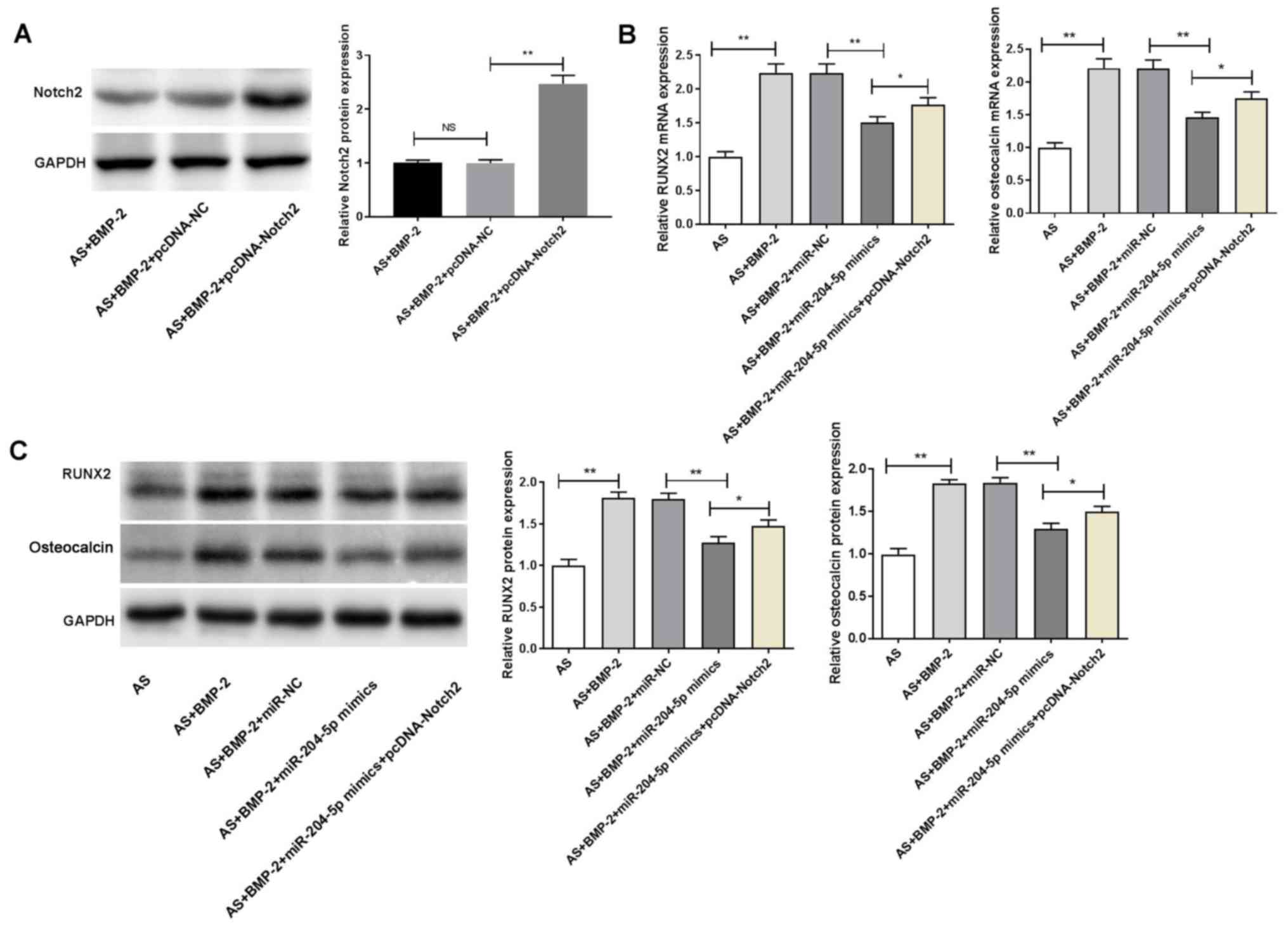|
1
|
Robinson PC, Leo PJ, Pointon JJ, Harris J,
Cremin K, Bradbury LA, Stebbings S, Harrison AA; Australian
Osteoporosis Genetics Consortium; Wellcome Trust Case Control
Consortium, ; et al: Exome-wide study of ankylosing spondylitis
demonstrates additional shared genetic background with inflammatory
bowel disease. NPJ Genom Med. 1:160082016. View Article : Google Scholar : PubMed/NCBI
|
|
2
|
Zhao J, Huang C, Huang H, Pan JK, Zeng LF,
Luo MH, Liang GH, Yang WY and Liu J: Prevalence of ankylosing
spondylitis in a Chinese population: A systematic review and
meta-analysis. Rheumatol Int. 40:859–872. 2020. View Article : Google Scholar : PubMed/NCBI
|
|
3
|
Raychaudhuri SP and Deodhar A: The
classification and diagnostic criteria of ankylosing spondylitis. J
Autoimmun. 48:128–133. 2014. View Article : Google Scholar : PubMed/NCBI
|
|
4
|
Ahsan T, Erum U, Jabeen R and Khowaja D:
Ankylosing Spondylitis: A rheumatology clinic experience. Pak J Med
Sci. 32:365–368. 2016.PubMed/NCBI
|
|
5
|
Dean LE, Jones GT, MacDonald AG, Downham
C, Sturrock RD and Macfarlane GJ: Global prevalence of ankylosing
spondylitis. Rheumatology (Oxford). 53:650–657. 2014. View Article : Google Scholar : PubMed/NCBI
|
|
6
|
Jethwa H and Bowness P: The interleukin
(IL)-23/IL-17 axis in ankylosing spondylitis: New advances and
potentials for treatment. Clin Exp Immunol. 183:30–36. 2016.
View Article : Google Scholar : PubMed/NCBI
|
|
7
|
Darby SC, Doll R, Gill SK and Smith PG:
Long term mortality after a single treatment course with X-rays in
patients treated for ankylosing spondylitis. Br J Cancer.
55:179–190. 1987. View Article : Google Scholar : PubMed/NCBI
|
|
8
|
Şilte Karamanlioğlu D, Aktas I, Ozkan FU,
Kaysin M and Girgin N: Effectiveness of ultrasound treatment
applied with exercise therapy on patients with ankylosing
spondylitis: A double-blind, randomized, placebo-controlled trial.
Rheumatol Int. 36:653–661. 2016. View Article : Google Scholar : PubMed/NCBI
|
|
9
|
Wang T, Wang D, Cong Y, Yin C, Li S and
Chen X: Evaluating a posterior approach for surgical treatment of
thoracolumbar pseudarthrosis in Ankylosing Spondylitis. Clin Spine
Surg. 30:E13–E18. 2017. View Article : Google Scholar : PubMed/NCBI
|
|
10
|
Wang M, Wang L, Zhang X, Yang X, Li X, Xia
Q, Chen M, Han R, Liu R, Xu S and Pan F: Overexpression of miR-31
in Peripheral Blood Mononuclear Cells (PBMC) from patients with
Ankylosing Spondylitis. Med Sci Monit. 23:5488–5494. 2017.
View Article : Google Scholar : PubMed/NCBI
|
|
11
|
Perez-Sanchez C, Font-Ugalde P, Ruiz-Limon
P, Lopez-Pedrera C, Castro-Villegas MC, Abalos-Aguilera MC,
Barbarroja N, Arias-de la Rosa I, Lopez-Montilla MD,
Escudero-Contreras A, et al: Circulating microRNAs as potential
biomarkers of disease activity and structural damage in Ankylosing
Spondylitis patients. Hum Mol Genet. 27:875–890. 2018. View Article : Google Scholar : PubMed/NCBI
|
|
12
|
He H, Chen K, Wang F, Zhao L, Wan X, Wang
L and Mo Z: miR-204-5p promotes the adipogenic differentiation of
human adipose-derived mesenchymal stem cells by modulating DVL3
expression and suppressing Wnt/β-catenin signaling. Int J Mol Med.
35:1587–1595. 2015. View Article : Google Scholar : PubMed/NCBI
|
|
13
|
Wang Y, Niu ZY, Guo YJ, Wang LH, Lin FR
and Zhang JY: IL-11 promotes the treatment efficacy of
hematopoietic stem cell transplant therapy in aplastic anemia model
mice through a NF-κB/microRNA-204/thrombopoietin regulatory axis.
Exp Mol Med. 49:e4102017. View Article : Google Scholar : PubMed/NCBI
|
|
14
|
Roozbehkia M, Mahmoudi M, Aletaha S,
Rezaei N, Fattahi MJ, Jafarnezhad-Ansariha F, Barati A and
Mirshafiey A: The potent suppressive effect of β-d-mannuronic acid
(M2000) on molecular expression of the TLR/NF-kB Signaling Pathway
in ankylosing spondylitis patients. Int Immunopharmacol.
52:191–196. 2017. View Article : Google Scholar : PubMed/NCBI
|
|
15
|
Wang G, Cai J, Zhang J and Li C: Mechanism
of triptolide in treating ankylosing spondylitis through the
anti-ossification effect of the BMP/Smad signaling pathway. Mol Med
Rep. 17:2731–2737. 2018.PubMed/NCBI
|
|
16
|
Zou Y, Yang X, Yuan S, Zhang P, Ye Y and
Li Y: Downregulation of dickkopf-1 enhances the proliferation and
osteogenic potential of fibroblasts isolated from ankylosing
spondylitis patients via the Wnt/β-catenin signaling pathway in
vitro. Connect Tissue Res. 57:200–211. 2016. View Article : Google Scholar : PubMed/NCBI
|
|
17
|
Xu W, Liang CG, Li YF, Ji YH, Qiu WJ and
Tang XZ: Involvement of Notch1/Hes signaling pathway in ankylosing
spondylitis. Int J Clin Exp Pathol. 8:2737–2745. 2015.PubMed/NCBI
|
|
18
|
Zhou Y, Tanzie C, Yan Z, Chen S, Duncan M,
Gaudenz K, Li H, Seidel C, Lewis B, Moran A, et al: Notch2
regulates BMP signaling and epithelial morphogenesis in the ciliary
body of the mouse eye. Proc Natl Acad Sci USA. 110:8966–8971. 2013.
View Article : Google Scholar : PubMed/NCBI
|
|
19
|
Ruan ZB, Fu XL, Li W, Ye J, Wang RZ and
Zhu L: Effect of notch1,2,3 genes silicing on NF-κB signaling
pathway of macrophages in patients with atherosclerosis. Biomed
Pharmacother. 84:666–673. 2016. View Article : Google Scholar : PubMed/NCBI
|
|
20
|
Smith DM, Cooper GM, Mooney MP, Marra KG
and Losee JE: Bone morphogenetic protein 2 therapy for craniofacial
surgery. J Craniofac Surg. 19:1244–1259. 2008. View Article : Google Scholar : PubMed/NCBI
|
|
21
|
Khosla S, Westendorf JJ and Oursler MJ:
Building bone to reverse osteoporosis and repair fractures. J Clin
Invest. 118:421–428. 2008. View
Article : Google Scholar : PubMed/NCBI
|
|
22
|
Sun J, Li J, Li C and Yu Y: Role of bone
morphogenetic protein-2 in osteogenic differentiation of
mesenchymal stem cells. Mol Med Rep. 12:4230–4237. 2015. View Article : Google Scholar : PubMed/NCBI
|
|
23
|
van der Linden SM, Valkenburg HA, de Jongh
BM and Cats A: The risk of developing ankylosing spondylitis in
HLA-B27 positive individuals. A Comparison of Relatives of
Spondylitis patients with the general population. Arthritis Rheum.
27:241–249. 1984. View Article : Google Scholar : PubMed/NCBI
|
|
24
|
Hupkes M, Sotoca AM, Hendriks JM, van
Zoelen EJ and Dechering KJ: MicroRNA miR-378 promotes BMP2-induced
osteogenic differentiation of mesenchymal progenitor cells. BMC Mol
Biol. 15:12014. View Article : Google Scholar : PubMed/NCBI
|
|
25
|
Kanayama S, Kaito T, Kitaguchi K, Ishiguro
H, Hashimoto K, Chijimatsu R, Otsuru S, Takenaka S, Makino T, Sakai
Y, et al: ONO-1301 Enhances in vitro osteoblast differentiation and
in vivo bone formation induced by bone morphogenetic protein. Spine
(Phila Pa 1976). 43:E616–E624. 2018. View Article : Google Scholar : PubMed/NCBI
|
|
26
|
Jung JI, Park KY, Lee Y, Park M and Kim J:
Vitamin C-linker-conjugated tripeptide AHK stimulates BMP-2-induced
osteogenic differentiation of mouse myoblast C2C12 cells.
Differentiation. 101:1–7. 2018. View Article : Google Scholar : PubMed/NCBI
|
|
27
|
Livak KJ and Schmittgen TD: Analysis of
relative gene expression data using real-time quantitative PCR and
the 2(-Delta Delta C(T)) method. Methods. 25:402–408. 2001.
View Article : Google Scholar : PubMed/NCBI
|
|
28
|
Qin X, Jiang T, Liu S, Tan J, Wu H, Zheng
L and Zhao J: Effect of metformin on ossification and inflammation
of fibroblasts in ankylosing spondylitis: An in vitro study. J Cell
Biochem. 119:1074–1082. 2018. View Article : Google Scholar : PubMed/NCBI
|
|
29
|
Zou YC, Yang XW, Yuan SG, Zhang P and Li
YK: Celastrol inhibits prostaglandin E2-induced proliferation and
osteogenic differentiation of fibroblasts isolated from ankylosing
spondylitis hip tissues in vitro. Drug Des Devel Ther. 10:933–948.
2016.PubMed/NCBI
|
|
30
|
Zhou YY, Huang RY, Lin JH, Xu YY, He XH
and He YT: Bushen-Qiangdu-Zhilv decoction inhibits osteogenic
differentiation of rat fibroblasts by regulating connexin 43. Exp
Ther Med. 12:347–353. 2016. View Article : Google Scholar : PubMed/NCBI
|
|
31
|
Yu F, Cui Y, Zhou X and Han J: Osteogenic
differentiation of human ligament fibroblasts induced by
conditioned medium of osteoclast-like cells. Biosci Trends.
5:46–51. 2011. View Article : Google Scholar : PubMed/NCBI
|
|
32
|
Shang G, Wang Y, Xu Y, Zhang S, Sun X,
Guan H, Zhao X, Wang Y, Li Y and Zhao G: Long non-coding RNA
TCONS_00041960 enhances osteogenesis and inhibits adipogenesis of
rat bone marrow mesenchymal stem cell by targeting miR-204-5p and
miR-125a-3p. J Cell Physiol. 233:6041–6051. 2018. View Article : Google Scholar : PubMed/NCBI
|
|
33
|
Zhang YY, Zhou JB, Zeng XW, Zhao FM and
Zhan XQ: Effects of puerarin on proliferation of osteoblasts and
Runx2-targeting miRNAs. Chinese Pharmacological Bulletin.
32:1457–1462. 2016.
|
|
34
|
Zhao J, Wang C, Song Y and Fang B: Arsenic
trioxide and microRNA-204 display contrary effects on regulating
adipogenic and osteogenic differentiation of mesenchymal stem cells
in aplastic anemia. Acta Biochim Biophys Sin (Shanghai).
46:885–893. 2014. View Article : Google Scholar : PubMed/NCBI
|
|
35
|
Lee H, Kim KR, Cho NH, Hong SR, Jeong H,
Kwon SY, Park KH, An HJ, Kim TH, Kim I, et al: MicroRNA expression
profiling and Notch1 and Notch2 expression in minimal deviation
adenocarcinoma of uterine cervix. World J Surg Oncol. 12:3342014.
View Article : Google Scholar : PubMed/NCBI
|
|
36
|
Cai B, Zheng Y, Ma S, Xing Q, Wang X, Yang
B, Yin G and Guan F: BANCR contributes to the growth and invasion
of melanoma by functioning as a competing endogenous RNA to
upregulate Notch2 expression by sponging miR-204. Int J Oncol.
51:1941–1951. 2017. View Article : Google Scholar : PubMed/NCBI
|
|
37
|
Hayes AJ, Dowthwaite GP, Webster SV and
Archer CW: The distribution of Notch receptors and their ligands
during articular cartilage development. J Anat. 202:495–502. 2003.
View Article : Google Scholar : PubMed/NCBI
|
|
38
|
Wei Y, Mou D, Lian J, Luo J and Tang M:
Role of Notch signaling in BMP2-induced osteogenic differentiation
of MEFs and its mechanism. Chin J Cell Biol. 40:478–489. 2018.
|
|
39
|
Wegman F, Bijenhof A, Schuijff L, Oner FC,
Dhert WJ and Alblas J: Osteogenic differentiation as a result of
BMP-2 plasmid DNA based gene therapy in vitro and in vivo. Eur Cell
Mater. 21:230–242. 2011. View Article : Google Scholar : PubMed/NCBI
|
|
40
|
Song R, Fullerton DA, Ao L, Zhao KS and
Meng X: An epigenetic regulatory loop controls pro-osteogenic
activation by TGF-β1 or bone morphogenetic protein 2 in human
aortic valve interstitial cells. J Biol Chem. 292:8657–8666. 2017.
View Article : Google Scholar : PubMed/NCBI
|
|
41
|
Yu C, Li L, Xie F, Guo S, Liu F, Dong N
and Wang Y: LncRNA TUG1 sponges miR-204-5p to promote osteoblast
differentiation through upregulating Runx2 in aortic valve
calcification. Cardiovasc Res. 114:168–179. 2018. View Article : Google Scholar : PubMed/NCBI
|
|
42
|
Liu Z, Yao X, Yan G, Xu Y, Yan J, Zou W
and Wang G: Mediator MED23 cooperates with RUNX2 to drive
osteoblast differentiation and bone development. Nat Commun.
7:111492016. View Article : Google Scholar : PubMed/NCBI
|
|
43
|
Huang J, Song G, Yin Z, Fu Z and Ye Z:
MiR-29a and messenger RNA expression of bone turnover markers in
canonical Wnt pathway in patients with ankylosing spondylitis. Clin
Lab. 63:955–960. 2017. View Article : Google Scholar : PubMed/NCBI
|
|
44
|
Yang LQ, Dong CJ and Zhu S:
Osteogenesis-related factor Runx2 expression in necrotic femoral
head tissue: Study protocol for a non-randomized,
parallel-controlled trial. Chinese Journal of Tissue Engineering
Research. 2016.
|
|
45
|
Zhou YY, Liu HX, Jiang N, Feng XH, Feng
XY, Zhang HQ, Wu ZK, Liang HY, Jiang Q and Chen P: Elemene, the
essential oil of Curcuma wenyujin, inhibits osteogenic
differentiation in ankylosing spondylitis. Joint Bone Spine.
82:100–103. 2015. View Article : Google Scholar : PubMed/NCBI
|
|
46
|
Wang Y, Chen S, Deng C, Li F, Wang Y, Hu
X, Shi F and Dong N: MicroRNA-204 targets Runx2 to Attenuate
BMP-2-induced osteoblast differentiation of human aortic valve
interstitial cells. J Cardiovasc Pharmacol. 66:63–71. 2015.
View Article : Google Scholar : PubMed/NCBI
|
|
47
|
Franck H and Keck E: Serum osteocalcin and
vitamin D metabolites in patients with ankylosing spondylitis. Ann
Rheum Dis. 52:343–346. 1993. View Article : Google Scholar : PubMed/NCBI
|
|
48
|
Kwon SR, Lim MJ, Suh CH, Park SG, Hong YS,
Yoon BY, Kim HA, Choi HJ and Park W: Dickkopf-1 level is lower in
patients with ankylosing spondylitis than in healthy people and is
not influenced by anti-tumor necrosis factor therapy. Rheumatol
Int. 32:2523–2527. 2012. View Article : Google Scholar : PubMed/NCBI
|
|
49
|
Solmaz D, Bulbul H, Uslu S, Kozaci LD,
Karaca N and Akar S: AB0157 serum level of the vascular endothelial
growth factor is elevated in Ankylosing Spondylitis and Osteocalcin
may be related with osteoproliferation. BMJ. 74 (Suppl
2):AB01572015.
|
|
50
|
Jeon MJ, Kim JA, Kwon SH, Kim SW, Park KS,
Park SW, Kim SY and Shin CS: Activation of peroxisome
proliferator-activated receptor-gamma inhibits the Runx2-mediated
transcription of osteocalcin in osteoblasts. J Biol Chem.
278:23270–23277. 2003. View Article : Google Scholar : PubMed/NCBI
|















